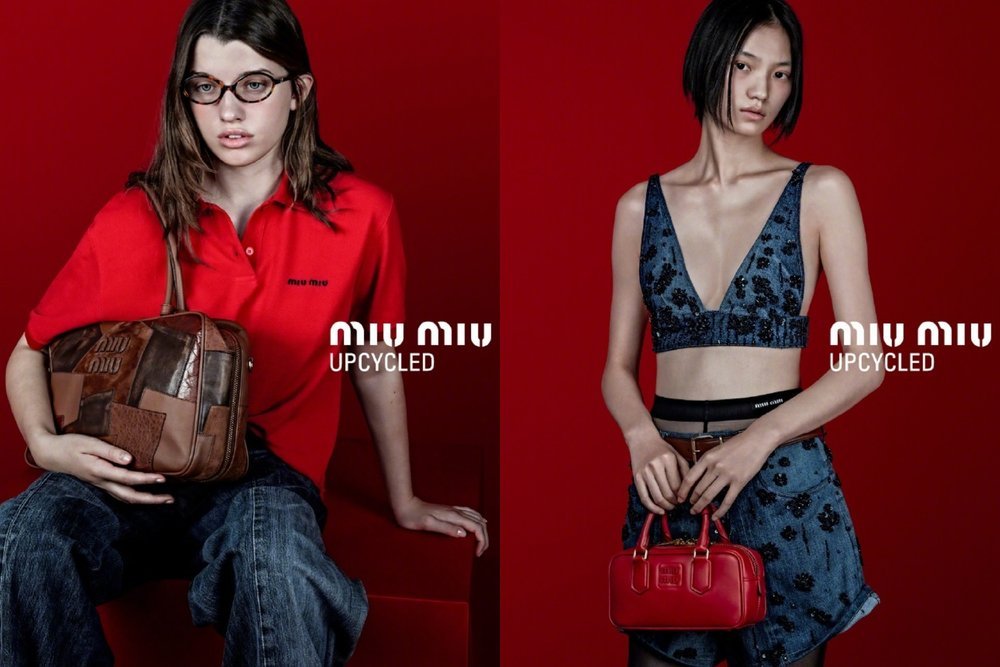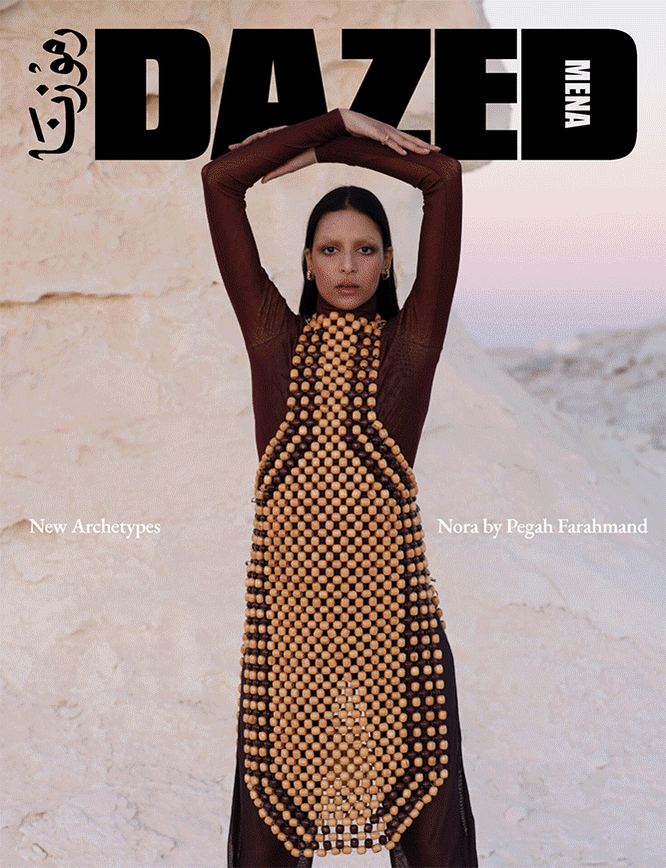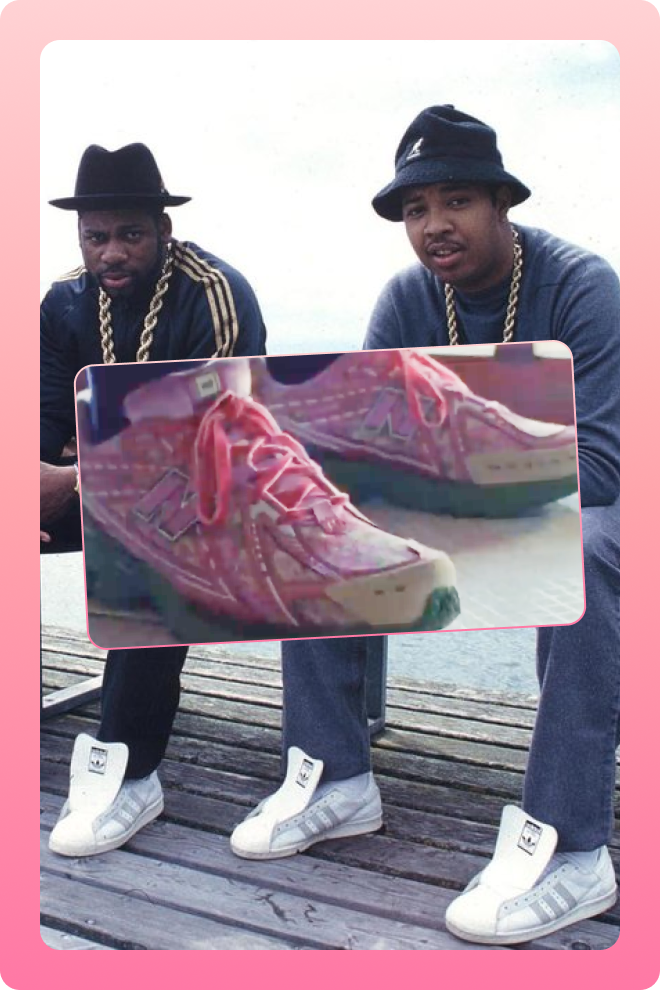- Cultural integration is now essential, not optional
- Surface-level localization is no longer enough
- Partner with local creators and talent
- Understand regional nuances, and avoid stereotypes
- Build authentic connections in each market
Key takeaway: Successful global brands will build deep local resonance while maintaining consistent brand DNA.
Being globally present but culturally absent no longer works. As digital noise increases and consumer attention fragments, brands are discovering that authentic cultural integration — creating local resonance while maintaining global scale — is increasingly becoming a powerful tool for building meaningful connections.


1Miu Miu's 2025 Literary Club created intellectual discourse around "A Woman's Education" by inviting renowned female authors to explore feminist works — a cultural touchpoint that establishes the brand as a thoughtful participant in literary conversations. Images © 2x4
Miu Miu's recent success offers a masterclass in this approach. While many luxury brands have struggled post-pandemic, the Prada Group's sister line continues to thrive through hyper-localized initiatives that go beyond surface-level adaptation.
The brand's activations — from literary clubs 1 to artistic collaborations 2 — demonstrates how cultural embedding has evolved from a nice-to-have into a strategic imperative. In APAC, where Miu Miu enjoys particular success, this manifests in elevating homegrown talent and creating market-specific collections, like their upcycled Chinese New Year line 3. This strategy reflects 2025's consumer expectations for nuanced global approaches that honor specific cultural identities.
“Revenue is a lagging indicator of cultural influence,” writes Frontify Visionary Ana Andjelic in her book Hitmakers: How Brands Influence Culture. “The idea is to create a self-enforcing loop of different cultural products, each seeded in a different cultural context and targeted at a specific customer segment most likely to respond to it.” Independent global agency Platform13 emphasizes that this begins with establishing clear cultural positioning.
Against a backdrop of economic uncertainty and shifting spending power to younger generations, we're seeing a marked move toward slower, more authentic content. Consumers increasingly seek depth and meaning over polished perfection, creating an opportunity for brands to offer an antidote to today's oversaturated digital landscape through collaborations with local filmmakers, writers, and influencers.
2For SS25, Miu Miu partnered with artist Goshka Macuga on "Salt Looks Like Sugar," transforming runway presentations into philosophical explorations of truth and media manipulation through an immersive newspaper printing plant installation.

3The Miu Miu Upcycled collection embraces cultural specificity with its Chinese New Year capsule, featuring model Huijia Chen and sustainable denim practices that honor heritage while adapting to regional preferences.

4 Dazed Media's expansion into MENA demonstrates cultural authenticity done right, appointing a team of regional creatives to build a publication that genuinely reflects Middle Eastern youth culture rather than imposing external perspectives.
In 2025, people are looking for new fan paradigms. With sportswear predicted to further grow this year (in tandem with people’s lust for sporty fandoms), homegrown athletes are perfectly positioned as potential profitable partners. This is especially relevant in emerging markets like Saudi Arabia, Africa, and parts of Southeast Asia, where championing local athletes who challenge societal norms can create deep regional resonance.
However, success requires navigating cultural nuance carefully. Many brands entering the Middle East default to modest messaging, misreading what the region's Gen Z actually wants. Youth culture publisher Dazed Media's expansion into MENA 4, led by regional creatives, shows a more sophisticated approach — one that understands contemporary cultural fluidity while maintaining authentic local connections 5.
For brand leaders looking ahead, the implications are clear. Content creates context, and local resonance should be core to brand DNA, not just a strategic add-on. Those who master this balance of global reach and local resonance won't just capture market share — they'll build the kind of cultural capital that transcends economic uncertainty and drives lasting brand value.

5Key appointments include Omaima Salem, a French Egyptian stylist, as fashion director; Chndy, an artist from Oman, as creative director; Sarra Alayyan, a Palestinian-Jordanian writer, as deputy editor; and Fady Nageeb, an Egyptian journalist, as content director








